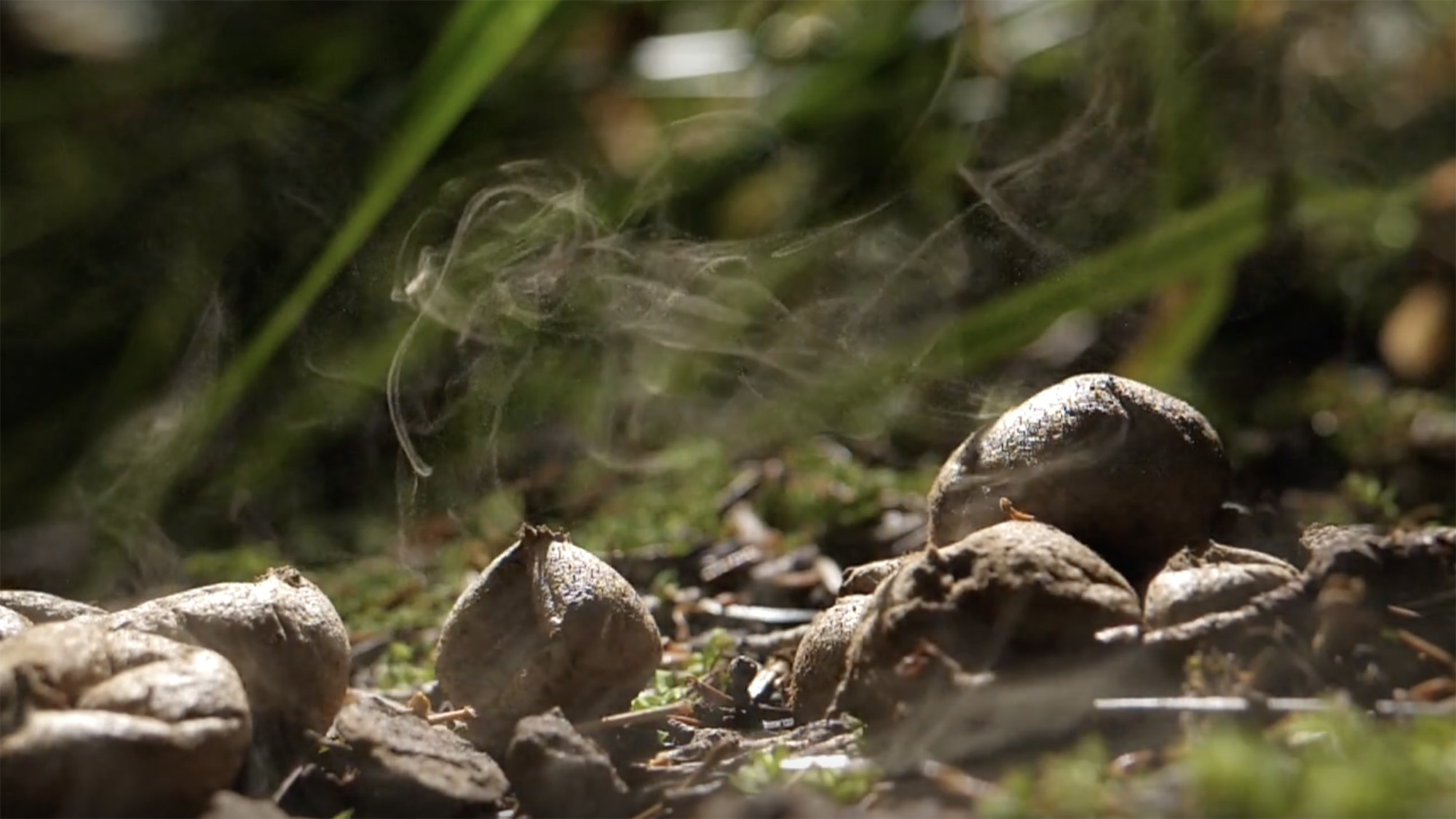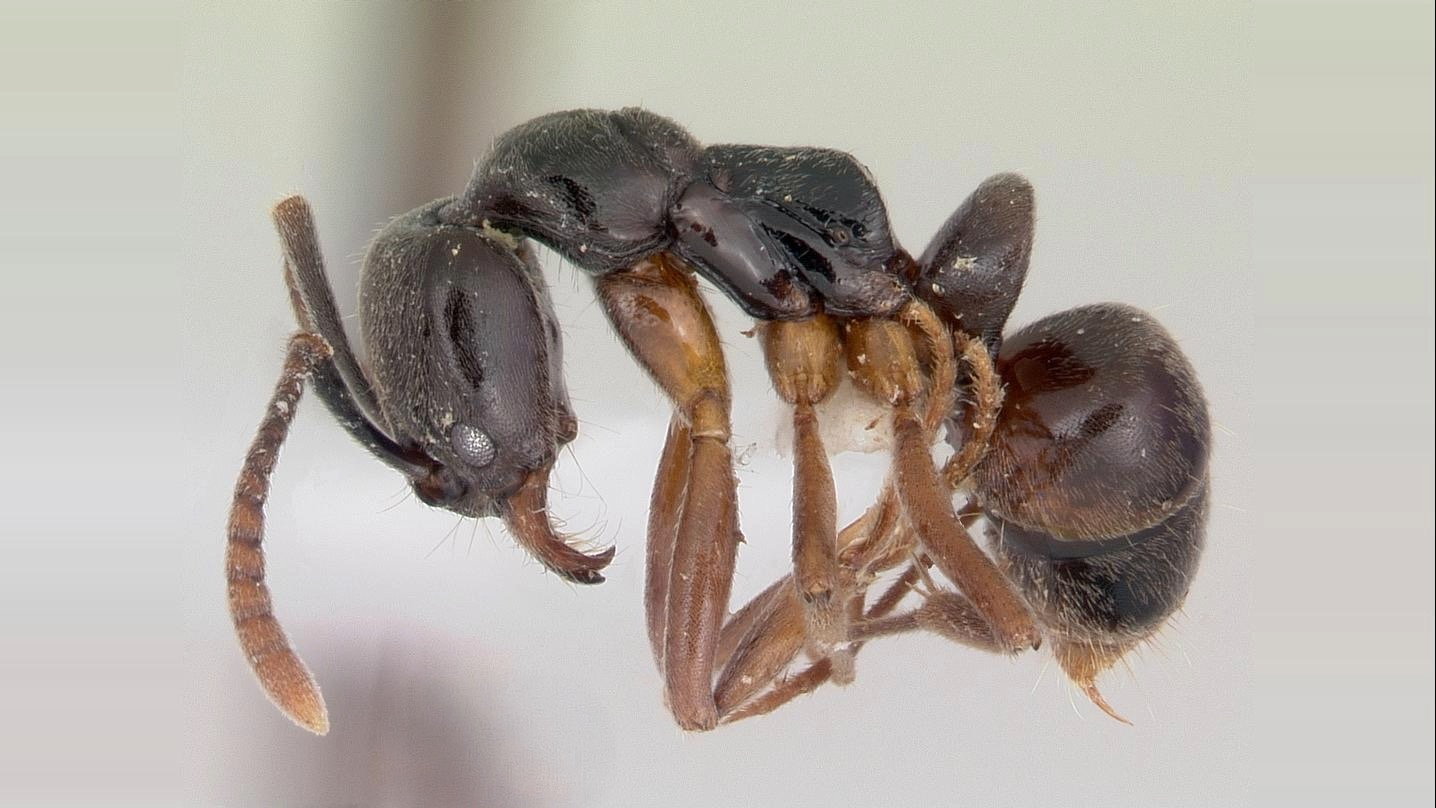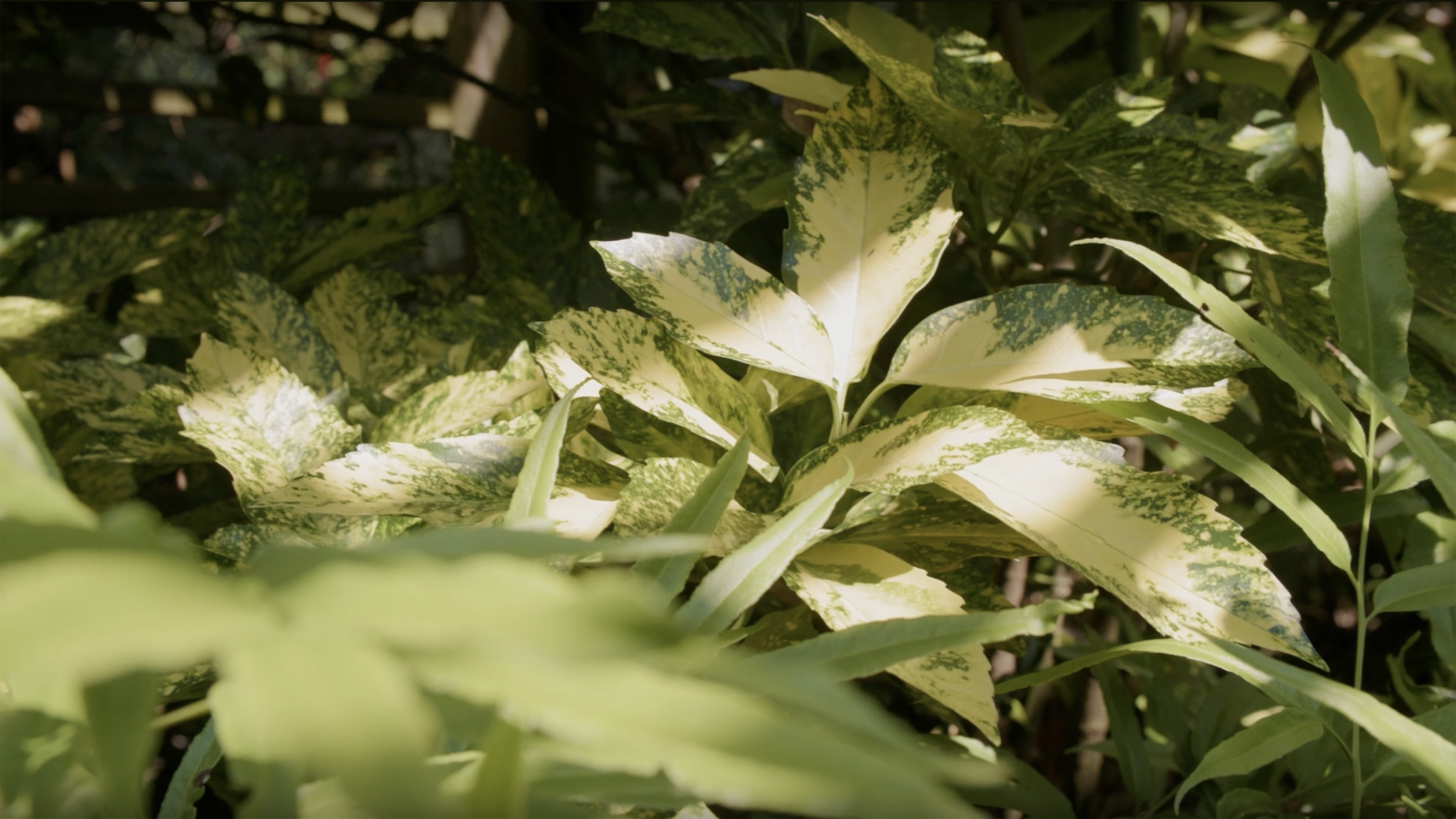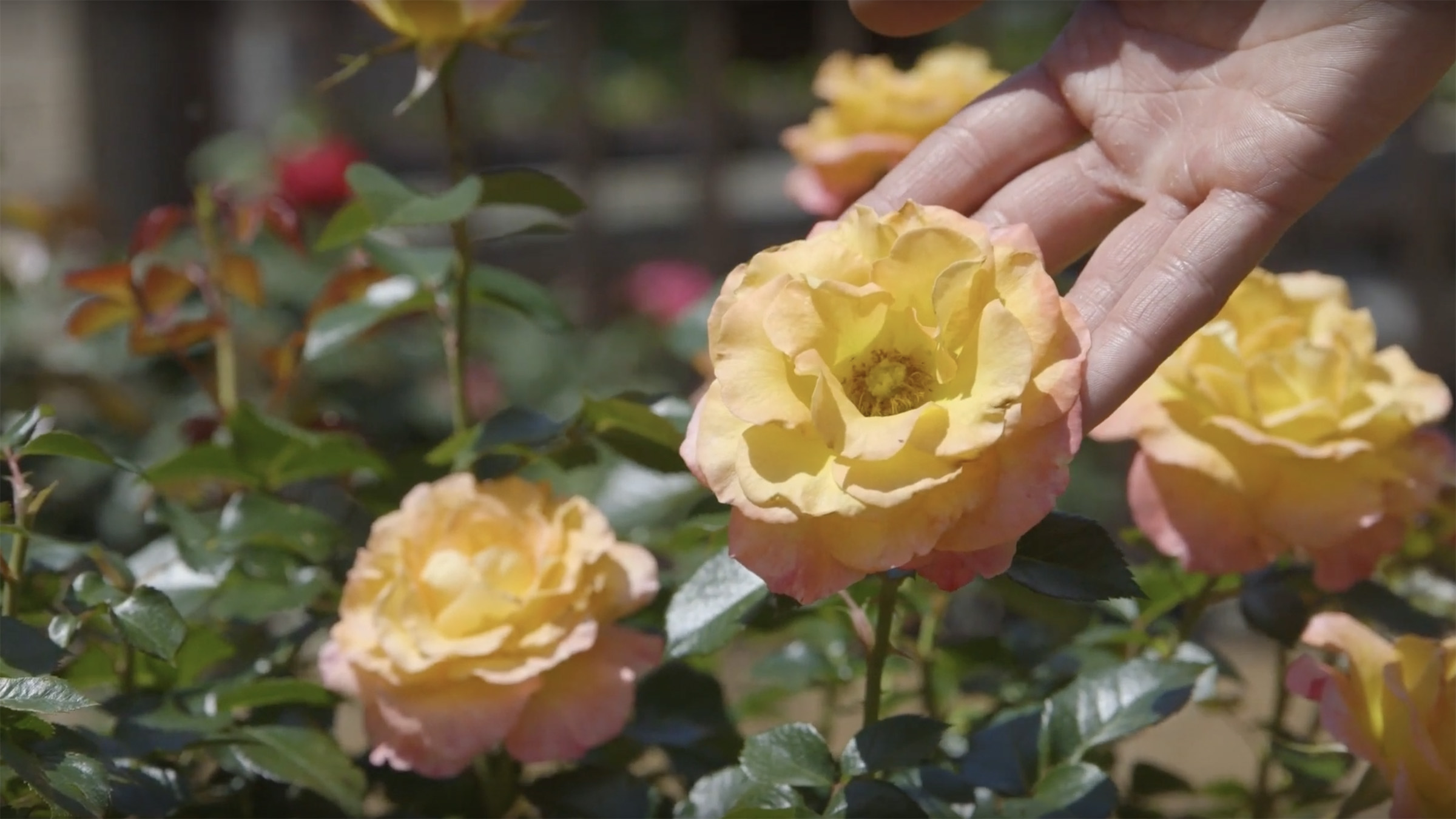Why Mushrooms Grow In My Yard (Sometimes)
Fungus is among us, but is there any cause for concern?

You may have noticed, usually the morning after a good rain, mushrooms popping up in your yard. It’s like magic (not that kind of magic mushrooms). But we’ll pull back the curtain to shed a little light on mushrooms’ mysterious appearing act.
Mushrooms are the fruiting body of various fungi, though not all fungi make mushrooms. Just as different plants produce different fruits (apples, muscadines or strawberries perhaps), different fungi produce different mushrooms.
Mushrooms are like the fruits or flowers of fungi, which “bloom” under the right environmental conditions.
When you see mushrooms blooming in your yard, it’s because fungi that have been living underground all along are responding to changes in temperature, light and water. Under the right conditions (typically warm and moist), the fungi obtain nutrients that allow them to grow and prepare for reproduction.
The resulting mushrooms, essentially fungal flowers, can release millions or even billions of microscopic spores into the air, which play a similar role to that of pollen for plants.
Curious about the types of mushrooms growing in your yard, or whether you should worry about your kids or pets eating toxic fungi? Great questions.
For guidance, we turned to Marc Cubeta, Ph.D., mushroom expert with NC State Extension. Watch as he takes us on a tour of the fantastic world of fungi – and how it relates to you and your family – in this edition of Homegrown.
The Magic of Mushrooms
Mushrooms pull quite the sleight-of-hand trick when sprouting in your yard, seemingly in the blink of an eye. In fact, the fungus producing those mushrooms was there all along, right underneath your feet.
It sounds like something from James Cameron’s “Avatar,” but fungi form what’s known as mycorrhizal networks underground, which connect many individual plants and trees together. These communal networks, formed through tiny root-like threads called mycelium, transfer water, carbon, nitrogen, and other nutrients and minerals between plants.
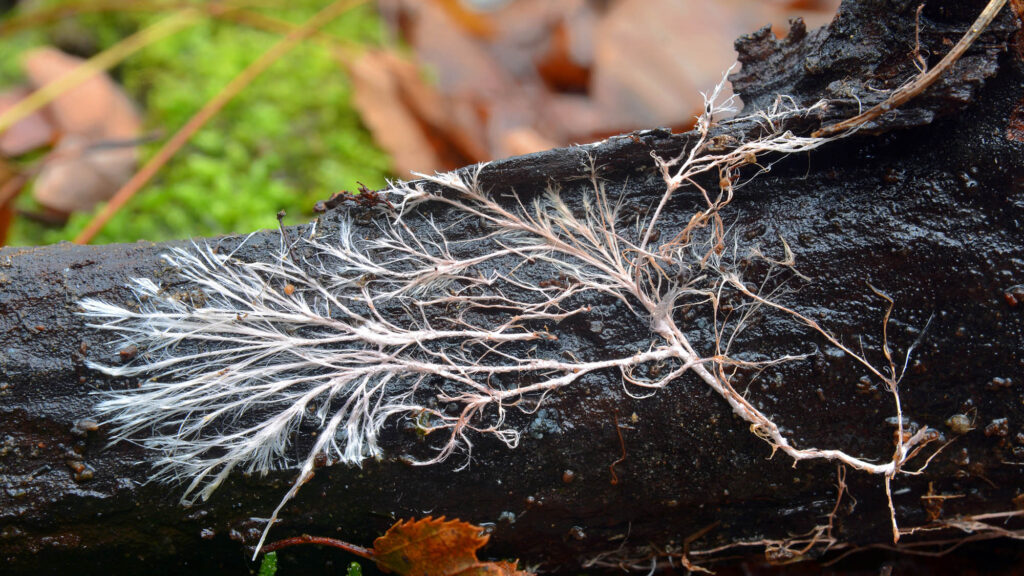
A tree struggling for sunlight in a shaded forest, for example, will receive aid from older, healthier trees in the form of carbon, nutrients or sugar. Peter Wohlleben, a German forest scientist, calls these networks the “woodwide web,” as trees communicate with one another through the mycelium.
When it comes to your yard, mushrooms are just the tip of a vast and intricate iceberg.
Fungi: Friend or Foe?
Mushroom scientists like Cubeta, called mycologists, have identified more than 10,000 species of mushrooms. Narrowing them down without some research or knowledge of fungi can be a bit challenging, but if you see mushrooms fruiting in your yard, your first step is to try and determine if they are poisonous species.
Everyone should know these poisonous mushrooms found in North Carolina and the Eastern U.S.:
- White Amanita (especially for dog-owners)
- Chlorophyllum
- Clitocybe
- Inocybe
- View more toxic mushrooms in North Carolina
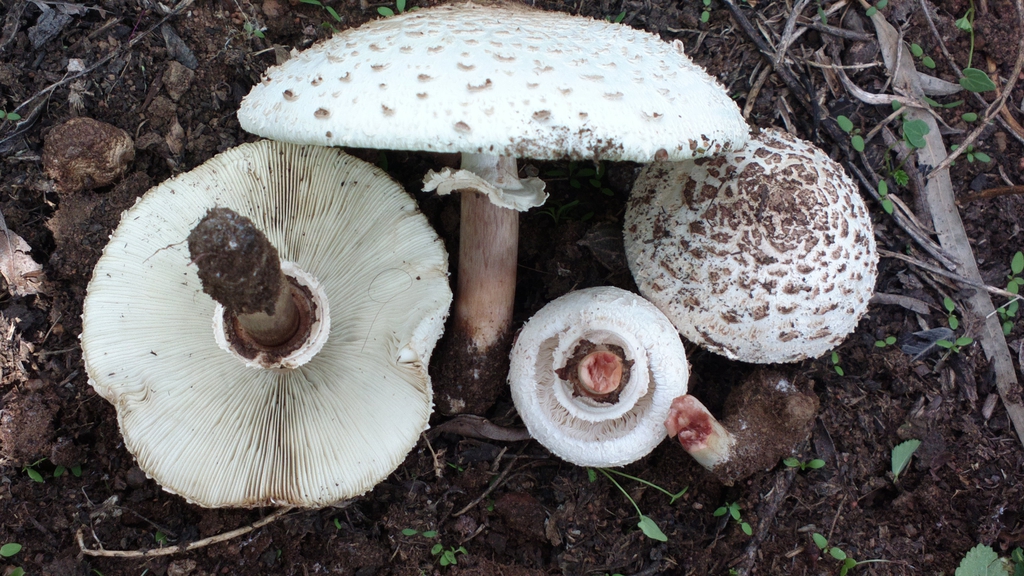
If you’re concerned about your pets or children consuming mushrooms at home, getting rid of them is a simple process. Once you decide to dispose of them, the best recommendation for managing mushrooms is to mow them. Fungicides typically are not effective against these fungi in a landscape.
A simpler alternative may be to pick the mushrooms, put them in a paper bag and toss them in the trash. While there have been reported cases of skin allergies, you must physically consume a mushroom to experience the toxic effects; just touching them won’t do the trick. Still, to be on the safe side, our advice is to wear gloves.
A common mushroom myth is that they’re poisonous to the touch. Other than rare skin allergies, toxic mushrooms are only harmful if ingested.
Not all mushrooms are harmful. In fact, most mushrooms are lawn allies, in that the fungi feed on organic material in your yard (such as thatch, buried wood and tree roots), breaking it down into nutrients for grass and plants. Fungi also play a vital role in the environment as a major recycler of organic carbon, the compounds necessary for all life.
Beyond that, fungi and pharmaceuticals go hand in hand. Penicillin, a cornerstone of modern medicine, comes from Penicillium fungi. Other antibiotics and medicines, including cholesterol drugs, were derived from fungi as well. And while they may not be life-savers, most of us would likely agree that laundry and dish detergents – derived from enzymes from fungi – are pretty important.
And we’d be remiss not to mention fungi’s culinary contributions – there’s nothing like a good shiitake or truffle mushroom. North Carolina has also seen a resurgence in local mushroom production.
A Final Word on Fungi
Mushrooms’ most impressive illusion may be that of a squat, spongy organism with little functionality or value. You don’t have to collect spores, molds and fungus like the late, great Egon Spengler to appreciate the importance of fungi in our everyday lives.
They’re everywhere, from cutting-edge medical applications to sophisticated subterranean networks that connect entire ecosystems. Mushrooms perform fantastical feats that shape the world around us in ways we’re still working to understand.
Must be magic.
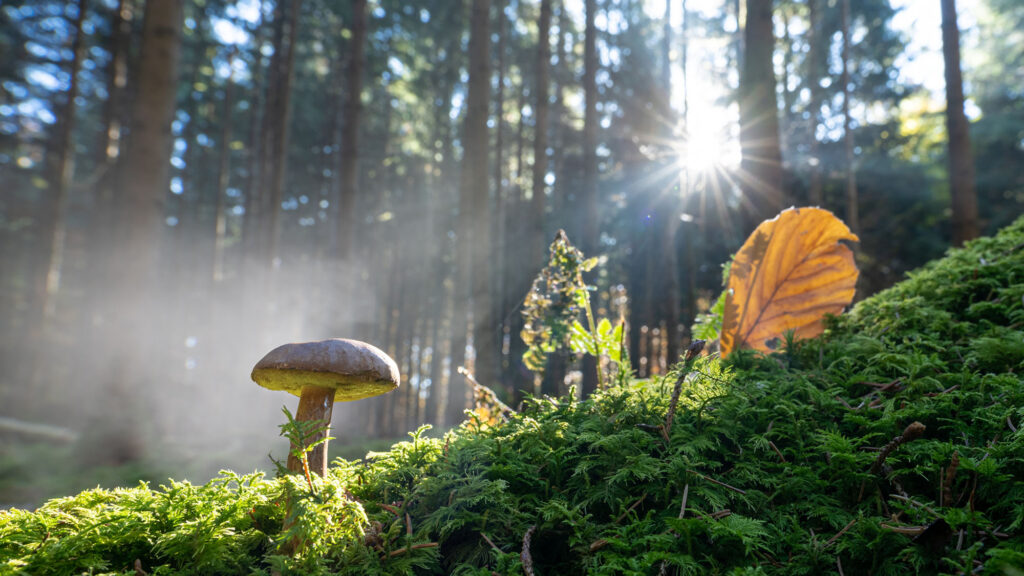
More Mushroom Resources
- Find directions for submitting photos and samples to identify mushrooms and other fungi with NC State Extension’s Plant Disease and Insect Clinic.
- Discover some common backyard mushrooms in North Carolina and how to identify them.
- Interested in growing mushrooms at home? Check out NC State Extension’s mushroom production resources.
- Need local help identifying mushrooms in your yard? Contact your N.C. Cooperative Extension county center to connect with one of our agents.
- Categories:
